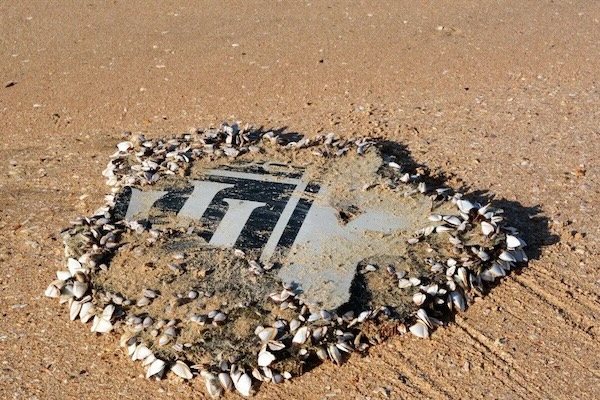To watch Deep Dive MH370 on YouTube, click the image above. To listen to the audio version on Apple Music, Spotify, or Amazon Music, click here.
For a concise, easy-to-read overview of the material in this podcast I recommend my 2019 book The Taking of MH370, available on Amazon.
Interested in connecting with a growing, passionate audience? Let’s talk. Email andy@onmilwaukee.com.
If the satcom was hacked and MH370 was taken north, the perpetrators presumably had a plan that ended with them alive, and this would have to involve landing the plane at an airport.
But is there an airport they could have landed at?
In Episode 13, we talked about how scientists at an Australian government organization called the Defense Science & Technology Group used Monte Carlo modeling to generate a large number of possible routes and see which ones matched the BTO data. They wound up with a probability distribution that looked like this:

Based on the BFO data, they concluded that the plane had gone south. But we’re proposing that the data was spoofed to make it seem like the plane went south when it really went north. So we’re interested in this part:

As you can see these paths all go across the Bay of Bengal, comes ashore west of Calcutta and the Ganges Delta, crosses Nepal and the Himalayas and then across Tibet and Xinjiang.
Continue reading Deep Dive MH370 #27: Landing MH370